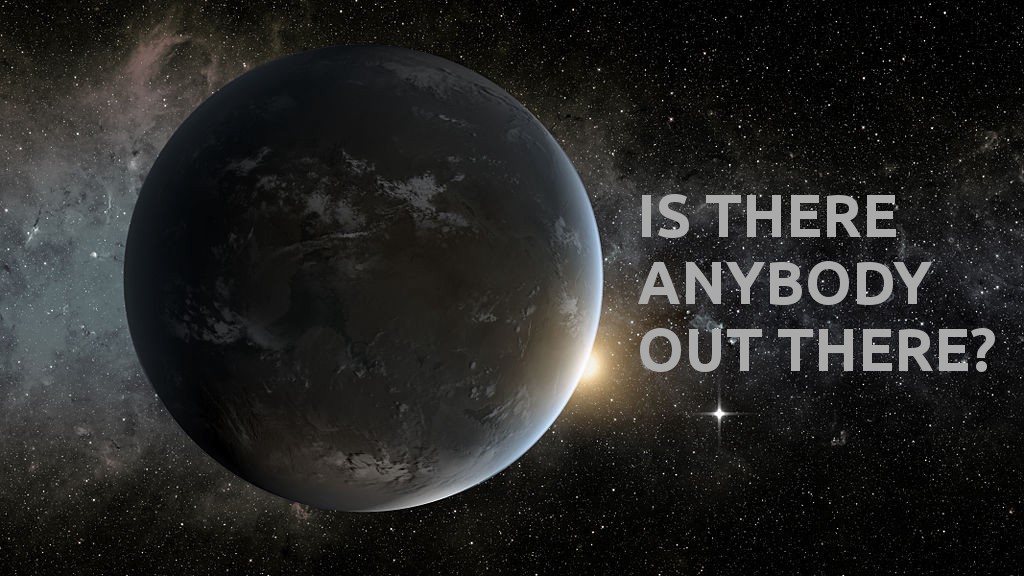
Fermi Paradoxica focuses on one of the greatest questions in the history of humanity: are we alone in the universe? This has been a life-long interest of mine (or obsession?). The name is based on the famous Fermi paradox, which addresses the contradiction between the apparent lack of evidence (so far) for intelligent alien life in the universe and the calculated high probability of it existing. This blog will look at possible evidence for extraterrestrial life of all kinds however, from microbes to galactic civilizations.
I grew up watching people like Carl Sagan explain how the universe works, and how there is so much that we still don’t know. I loved astronomy and space exploration in general, and in 2005 started my first blog The Meridiani Journal, named after the landing site of the Opportunity rover on Mars. In 2015 I re-named it as Planetaria, which continued to discuss the latest discoveries in planetary science, a primary interest of mine.
Now with FP, I am focusing on another fascinating topic, the question of whether Earth is the only place in the entire universe with life. It seems very improbable now that it is, with all the thousands of exoplanets being discovered and new findings being made about how life originated here.
From the possibility of life on Mars, past or present, to ocean moons such as Europa and Enceladus, we may find that evidence right in our own solar system. Or it may come from the analysis of the atmosphere of a distant exoplanet. Those scenarios would most likely involve simpler kinds of life, but what about more complex life? As in alien civilizations more advanced than us? Will we ever find something like a Dyson Sphere, built to surround a star and use all of its energy? Or some other technosignatures? Will SETI ever find an alien radio or light signal?
Or, what about the possibility – considered taboo by many – that aliens could have already found us and are coming here? Yes, the UFO enigma, or UAP (unidentified aerial phenomena, as commonly used now). The subject has become overrun with conspiracy theories, hoaxes and many dubious claims, but is there any truth to it? FP will look at some of the best current evidence, including the new recent revelations about U.S. government and military interest in the phenomenon, as outlined in the headline-making article in the New York Times on December 16, 2017. A lot has happened since then as well, including the U.S. Navy announcing new guidelines for reporting these kinds of unusual events, on April 23, 2019. And just a couple days ago, another New York Times story on other recent unexplained sightings by Navy pilots off the east coast of the U.S., involving objects moving at hypersonic speeds and suddenly stopping, which looked like “spheres with cubes inside them.”
Military incidents like Nimitz are some of the best documented and compelling that something weird is going on, whether it be secret military technology or “someone else’s technology.” In that case, multiple (up to 10 or so at once) objects were reported by pilots in the vicinity of the USS Nimitz Battle Group off the coast of California in November 2004. The objects were described as white and shaped like tic-tacs, about 45 feet long and smooth with no wings, windows, propellers, engines or exhaust, as seen by a few of the pilots. They were reportedly tracked on radar descending from about 28,000 feet to sea level in less than one second, and back again. They were also reportedly first detected at about 80,000 feet and descending to 20,000 feet at similar speeds. The one near sea level reportedly made very sudden, erratic accelerations and movements.
In my view, all possible evidence for extraterrestrial life, whether microbes or intelligent aliens, should be evaluated on its own merits. The reasonable possibility of something that at first seems too weird or unlikely shouldn’t be dismissed blindly based on prior beliefs or biases. But that evidence also needs to stand up to close examination and scrutiny. As Sagan said, ‘extraordinary claims require extraordinary evidence.”
So whether the first confirmed evidence comes from a distant exoplanet, another planet or moon in our solar system, or even right here on Earth, it seems we may be closer than ever before to finding out we are not alone after all.
Thanks for reading!
Paul
SUBSCRIBE TO GET THE LATEST BLOG POSTS

